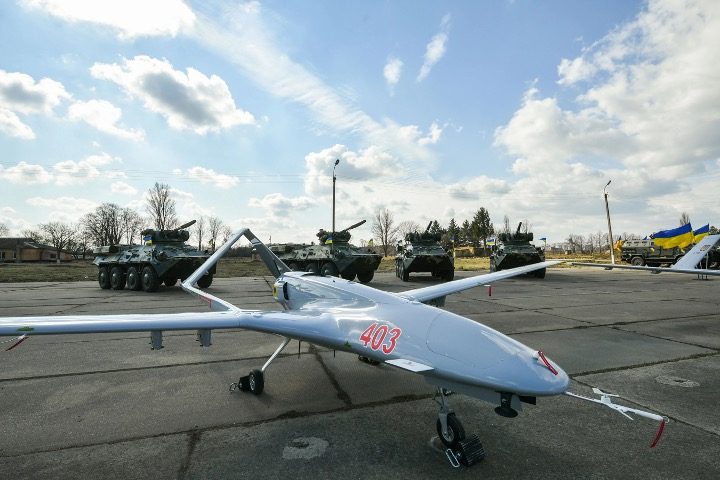
On Wednesday, August 30, Ukraine launched an unprecedented series of coordinated drone strikes across a large swath of Russian territory, including a bombardment of a Russian airport at Pskov that destroyed at least four Russian transport planes, and hits on Moscow, Kaluga, Oryol, and other cities.
Aside from the number of simultaneous strikes, the operation was notable for its reach; Pskov lies around 400 miles to the north of the nearest Ukrainian border, near Estonia, and a direct flight path would cross over Belarus air space as well. This latest event is an indicator of the degree to which the war is spilling over into Russia, despite early assurances from the Ukrainian government and from NATO that it would be a strictly defensive conflict confined to Ukrainian territory. To this end, Western leaders have been reluctant to furnish the Ukrainians with weapons that could be used to project power into Russia — fighter jets, missiles, and advanced tanks — because of the likelihood that such actions might provoke a nuclear response from Russia.
Now, of course, most of that restraint has been thrown to the wind, as NATO countries have lavished Ukraine with sophisticated missiles like the Storm Shadow air-launched stealth cruise missile, advanced tanks from Germany, and, most recently, F-16 fighter jets, which Ukrainians are being trained to fly. The very notion of trying to “manage” a war such as this has always been absurd on the face of it. War is by nature a fickle enterprise, and anyone engaged in it must accept that, while starting wars can be a matter of choice, dictating outcomes often cannot.
Julius Caesar, for all his monstrous and destructive character, at least understood this. As he crossed the Rubicon under arms, knowing that there could be no turning back from his decision to wage war on his own homeland, he is said to have exclaimed, “Alea jacta est”—“The die is cast.”
Besides, expecting Ukraine to refrain from striking military assets in Russia was always wildly unrealistic. It is from bases inside Russia that almost daily air strikes against both civilian and military targets are being launched, and supporting Ukraine while denying them the right to strike back at their tormentors is akin to betting on a boxer — all the while insisting he fight with one hand tied behind his back.
But now there’s a new, potentially even more destabilizing wrinkle in the ever-worsening Ukraine debacle. Ukraine’s President Volodymyr Zelensky has announced that Ukraine has developed a new weapon — presumably some kind of modified drone — with a range of up to 400 miles that will enable more regular strikes deep inside Russian territory. His announcement is being interpreted as indirectly taking responsibility for Wednesday’s strikes, and also signaling more such long-range attacks in the future.
Even more concerning is the potential for further escalation with nuclear-armed Russia. With cross-border raids by ground forces already the norm, and increasingly effective long-distance strikes against Russian military and infrastructure targets on the rise, how long before Putin and his circle decide that they have nothing to lose by unleashing nuclear hell on Ukraine? And if that happens, given that NATO and the Biden administration have already warned Putin against using nukes, what is the likelihood that a nuclear attack on Ukraine mushrooms into a broader international war?
Only time will tell, but current trend lines are not encouraging.


